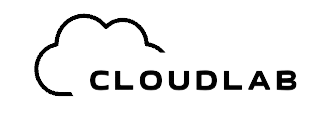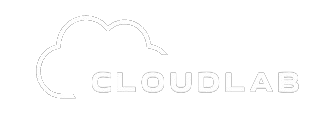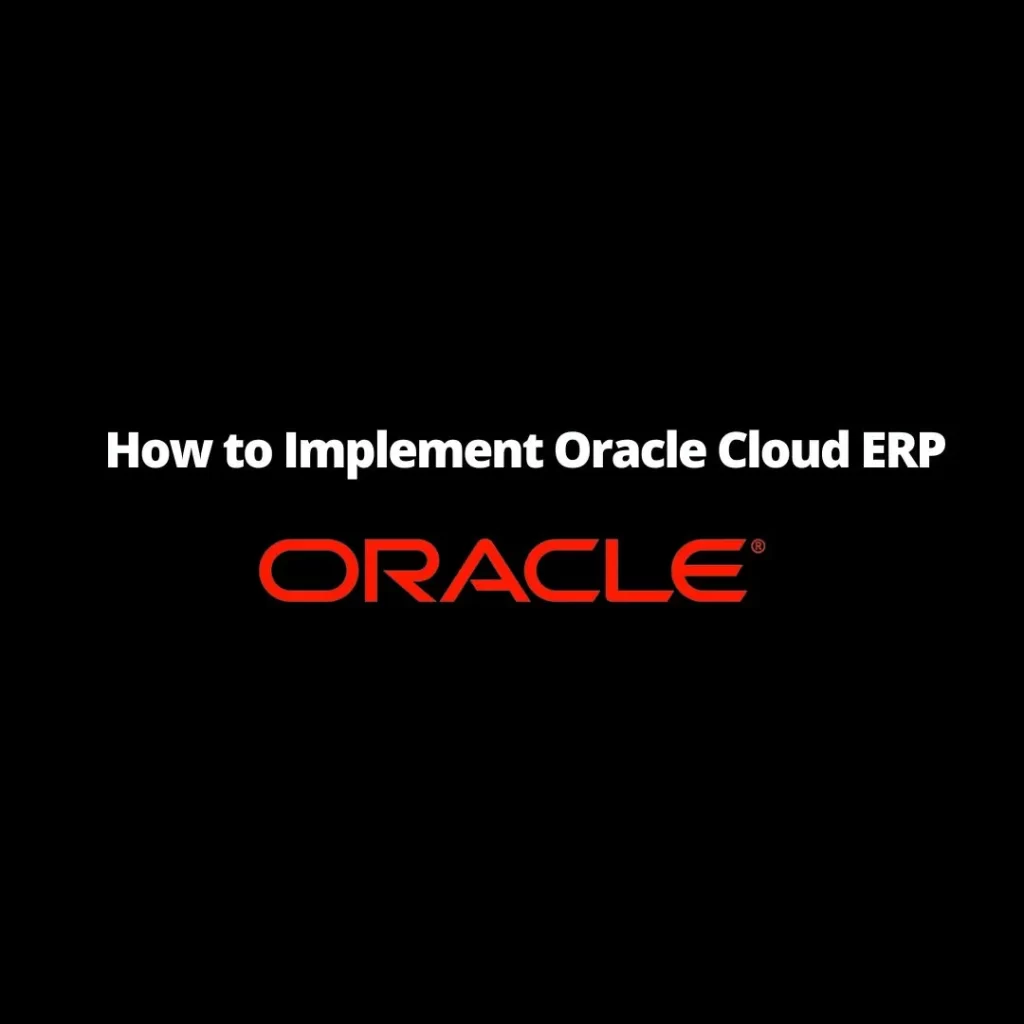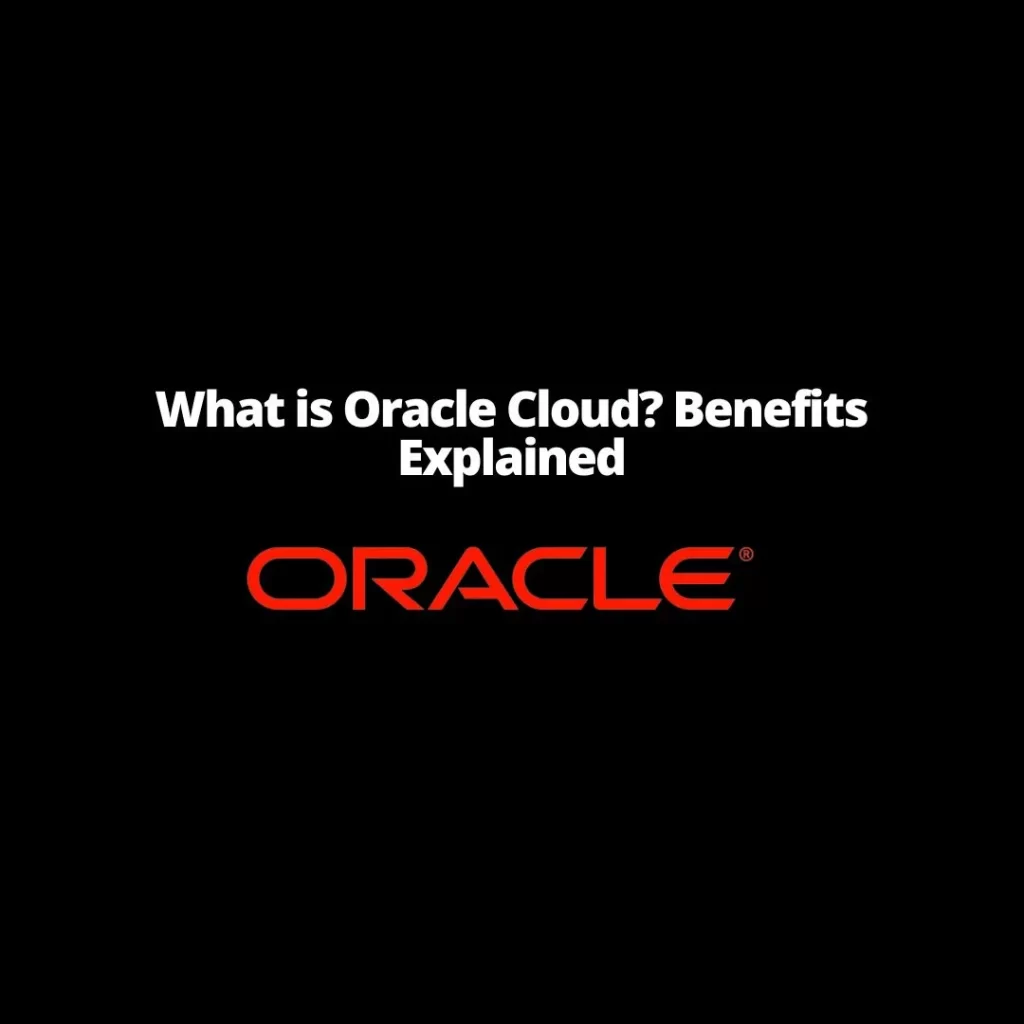SAP vs. Oracle: Which ERP Titan Reigns Supreme?
Picture this: it’s time to upgrade your company’s clunky, outdated business software. The decision weighs heavy because let’s face it, these systems are the backbone of how your business runs. Two names rise to the top: SAP and Oracle. They’re industry titans, but which one’s the right fit for your company?
This isn’t just about features on a spec sheet. We’re going to unpack the strengths and weaknesses of each, where they shine, and give you that gut-feeling insight you need to make an informed choice.
The Basics: Size & History
- SAP: Founded in Germany in 1972, SAP is often considered the OG of the ERP world. They boast a customer base well over 400,000 businesses globally.
- Oracle: This American company was founded a bit later, in 1977. While also massive, Oracle often plays second fiddle to SAP in pure customer count.
Does this mean SAP automatically wins? Not necessarily. Size is important, but it’s not the only factor, especially with the rise of cloud technology changing the game.
Industry Focus: Where They Excel
Both SAP and Oracle offer a mind-boggling array of modules. Still, they have traditional areas where they shine:
- SAP’s Sweet Spot: Manufacturing-heavy industries, complex supply chains, and organizations needing in-depth financials usually gravitate towards SAP. Their history with large enterprises shines through.
- Oracle’s Turf: Retail, project-based businesses, and companies needing flexibility in their cloud offerings find Oracle appealing. They’ve been pushing all-in on cloud in recent years, affecting their focus.
Of course, this is a generalization. Both companies have expanded, but their “core DNA” still matters when it comes to finding that right fit.
The Battle of Features
Trying to compare every single feature SAP and Oracle offer is an exercise in madness. Think less about a laundry list, and more about overall strengths:
- SAP: Known for its depth. If you need granular control over financials, production tracking, or niche industry features, SAP often delivers. The trade-off? Complexity.
- Oracle: Aims for a balance of adaptability and user-friendliness. While customization is possible, their out-of-the-box configurations tend to be easier to deploy. This can mean slightly less fine-grained control compared to SAP.
The Cloud Changes Things
Historically, SAP and Oracle were on-premises systems – big, expensive projects with armies of IT consultants. Cloud options are becoming the go-to choice, with names like SAP S/4HANA Cloud and Oracle Fusion Cloud ERP leading the charge.
Why the shift?
- Lower Upfront Costs: No massive server rooms to build. These cloud systems are subscription-based, easing the initial financial burden.
- Speed: Need to spin up a new environment for testing? Cloud solutions usually let you do it in hours instead of months.
- Innovation as a Service: Since updates are handled by the cloud provider, you’re less likely to be stuck on outdated software.
Now, let’s be real, cloud migration is never truly easy. But, it’s often easier than a traditional on-premises upgrade.
The Cost Conundrum
No straightforward answer here. Both SAP and Oracle can be obscenely expensive, especially for large companies. Cloud versions soften that initial hit, but you’re still paying a premium for best-in-class software.
Factors that impact cost:
- Modules: The more modules (finance, procurement, etc.) you need, the higher the price tag.
- Complexity: Loads of custom integrations with existing systems? Both SAP and Oracle will charge handsomely.
- Negotiation Skills: Yes, you can haggle! Especially with big implementations. Bring your A-game, or get an expert who knows how to play hardball.
- Hidden Fees: Support contracts, training, and ongoing maintenance add up. Budget accordingly.
The Human Factor: User Experience
Software can have fancy features, but if your employees hate using it, it’s a failure. Here’s where the ‘human touch’ comes in:
- SAP’s Reputation: SAP is notorious for clunky interfaces, especially older versions. Their newer systems are better, but complexity remains a concern.
- Oracle’s Approach: Oracle often receives higher marks for user-friendliness. However, remember “easier” doesn’t equate to “easy”.
- Don’t Just Look at Screenshots: Demand demos tailored to your business processes. How long does it take an employee to do tasks in the system? THIS matters most.
Support: When Things Go Wrong (And They Will)
Even the best software has bugs or requires help navigating. The quality of support can make or break your ERP experience:
- SAP’s Model: SAP often utilizes a layered support model. Your first line of defense might be your in-house team or an implementation partner. Escalations to SAP directly can be slow.
- Oracle’s Play: Oracle also has tiered support, but some businesses find their direct support teams more responsive compared to SAP’s.
- The Community Factor: Both SAP and Oracle have active online communities, forums, and third-party experts. This can be a lifesaver, especially with highly customized setups.
The Total Cost of Ownership (TCO): It’s Not Just the Sticker Price
The initial software price is just one piece of the puzzle. Here’s what factors into the long-term cost:
- Customization Costs: The more you tweak the software, the more you pay – both initially and for any future upgrades.
- Staff Training: Will your employees need extensive training? Factor in both the direct costs of courses and the time they spend learning instead of doing their jobs.
- Hidden Gotchas: Data migration, updates gone wrong, integration woes with other systems… These hidden costs can add up fast.
- Change Management: Don’t underestimate the cost of getting employee buy-in and managing the transition to the new system. This takes time and resources.
Beyond the Bells and Whistles: Making the Decision
Alright, let’s cut through the tech-speak. Here’s how to stop analysis paralysis and actually pick a system:
- Ruthless Self-Assessment: No system is perfect. What are your absolute MUST-HAVE features vs. your nice-to-haves? What pain points are non-negotiable to solve?
- Think Long Term: Where do you see your business in 5 years? Can the ERP system scale and adapt with you?
- Demos, demos, demos!: Don’t get wooed by sales pitches. Make them show you the system handling your real-world business problems.
- Talk to the Troops: Get input from your frontline employees who’ll use this software daily. Their insights are invaluable.
- Implementation Partner Power: Unless you have a massive in-house IT team, a talented implementation partner can massively impact success, regardless of which software you pick.
The Unsatisfying Answer
I wish I could say “This one is definitively THE BETTER CHOICE.” Unfortunately, it depends on your company’s specific needs, budget, and risk tolerance. There’s a reason why both SAP and Oracle continue to be dominant forces – they both solve problems for large-scale businesses.
Let’s Get Real: Some Gut-Check Questions
- How comfortable is your organization with complex software? Do you have IT resources to manage a potentially more high-maintenance system?
- How quickly do you need this transformation to happen? Some systems are faster to implement than others.
- Is your business in an industry where one of these ERPs is already the de facto standard? Sometimes, it’s about aligning with what your competitors and partners are using.
Final Thought
Choosing between SAP and Oracle is like picking your favorite sports team – fans of both will passionately defend their choice. Do your research, test drive with real scenarios, and trust your gut. The “right” ERP system is the one that makes your business run better, even if it means a few headaches along the way.



